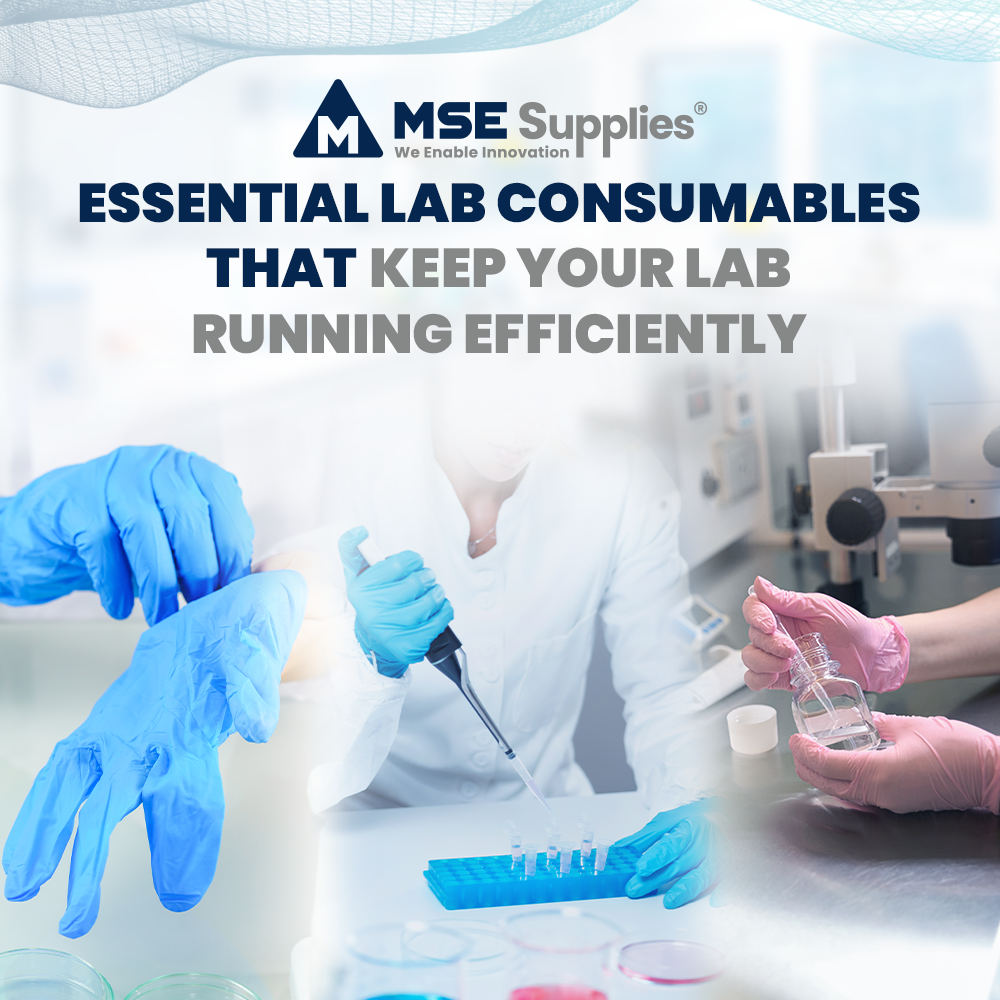Three Fundamental Aspects of Sapphire Substrates
Posted by MSE Supplies Admin on
Sapphire, a single-crystal form of aluminum oxide (Al2O3) with a rhombohedral (hexagonal) crystal lattice, is highly valued in commercial applications due to its exceptional physical, chemical and optical characteristics.
It combines strength, toughness, thermal shock resistance, chemical stability, a stable dielectric constant and low dielectric loss. These superior attributes make sapphire an ideal material for various electronic substrates and high-performance applications.
Here are a few important fundamental characteristics, applications and properties of Sapphire Substrate.
Plane Orientations of Sapphire Substrates
Sapphire substrates come with C, R, A and M plane orientations that cater to specific application needs. Presently, the C-plane sapphire wafer is the most widely used sapphire substrate due to its versatility. It is used for the growth of III-V and II-VI compounds, including gallium nitride (GaN), as well as for laser diodes and bright blue and green light-emitting diodes (LEDs). It is also used in infrared detectors, mercury cadmium telluride and general optics. Sapphire substrates are a suitable substitution for glass substrates when optical transmission is required in the ultraviolet or infrared range.
For hetero-epitaxial deposition of silicon, R-plane sapphire substrates are usually preferred. They are used in the manufacturing of microwave, semiconductor and microelectronic IC applications. R plane is the non-polar plane of sapphire. Hence, the changes in the positions of the R-plane in sapphire devices give it different mechanical, thermal, electrical and optical properties. R-plane SoS (Silicon-on-Sapphire) chips are used extensively in integrated circuits and photovoltaics.
Sapphire substrates with an A-plane orientation are used extensively in hybrid microelectronic and optoelectronic applications. Utilizing Chemical Vapor Deposition (CVD) techniques, researchers grow aluminum gallium nitride (ALGaN) epitaxial layers on A-plane sapphire.
The M-plane of sapphire substrates is a non-polar surface valued for its advantageous properties in epitaxial growth. Particularly useful in producing non-polar or semi-polar nitride layers for optoelectronic devices like LEDs and laser diodes, M-plane substrates minimize internal electric fields, enhancing material quality and device performance. This orientation also influences mechanical and thermal properties crucial for the stability and efficiency of advanced electronics, making M-plane sapphire an ideal choice in high-power and high-frequency device applications.
Properties and Applications of Sapphire Substrates
Sapphire possesses exceptional electrical insulation, remarkable transparency, efficient thermal conductivity and high rigidity. These characteristics render it an ideal material for substrates in diverse applications, including LEDs, ultra-high-speed integrated circuits and microelectronic circuits. Sapphire is also an integral material for growing III-V or II-VI compound semiconductors. R-plane and M-plane sapphire substrates are particularly valuable for growing non-polar or semi-polar epitaxial layers, which are crucial for enhancing luminescence efficiency.
Sapphire substrates are indispensable in hybrid microelectronics and microelectronic IC applications due to their stable dielectric constant and low dielectric loss.
The Manufacturing Process of Sapphire Substrates
The plane orientation is the most critical factor in the manufacturing and fabrication of sapphire wafers. For optimal results, it is essential to assess the degree of structural alignment between the substrate and the epitaxial film. The sapphire crystal rod must be positioned precisely on the slicing machine before being cut into thin wafers. After slicing, the chip cutting damage layer is removed to enhance the substrate's flatness.
The edges of the wafer are then trimmed into a circular arc to strengthen its mechanical integrity. After trimming, the surface is polished to eliminate any roughness and ensure accuracy in the epitaxial layer. Appropriate cleaning measures are applied to remove particles, metals or organic contaminants from the surface. Finally, rigorous testing methods are utilized to inspect the quality of the sapphire substrate with high-precision instruments, ensuring it adequately meets client specifications.
Contact MSE Supplies to Learn More About Sapphire Substrates
Sapphire stands out as one of the most critical substrate materials due to its exceptional combination of physical, chemical and optical properties. With various plane orientations, these sapphire substrates offer versatile applications in industries ranging from microelectronics to optoelectronics. Contact MSE Supplies today to learn more about how sapphire substrates can advance your innovative solutions and processes.
Share this post
- Tags: Industry - Chemistry, Industry - Industrial Process, Industry - Material Science, Industry - Optical & Photonics, Industry - Semiconductor, Products - Single Crystal Wafers & Substrates




